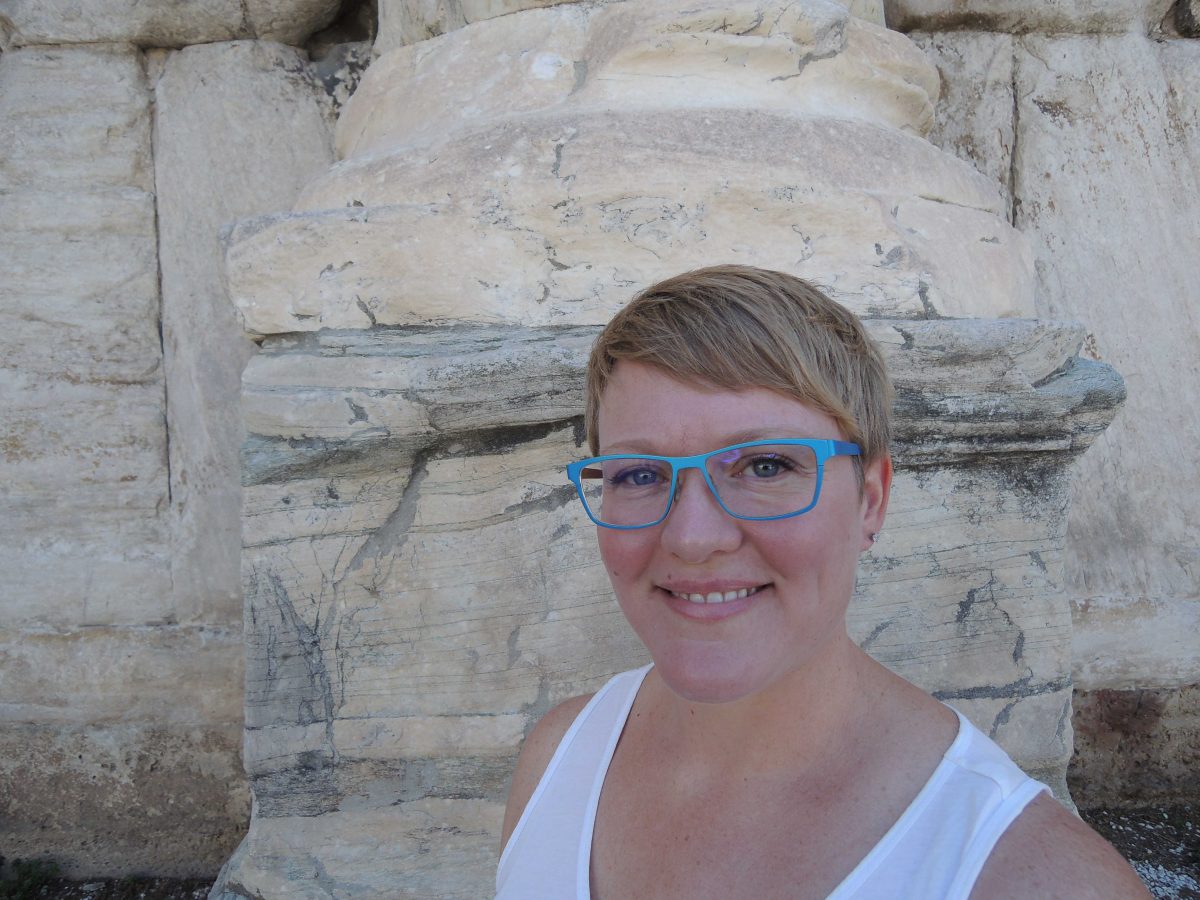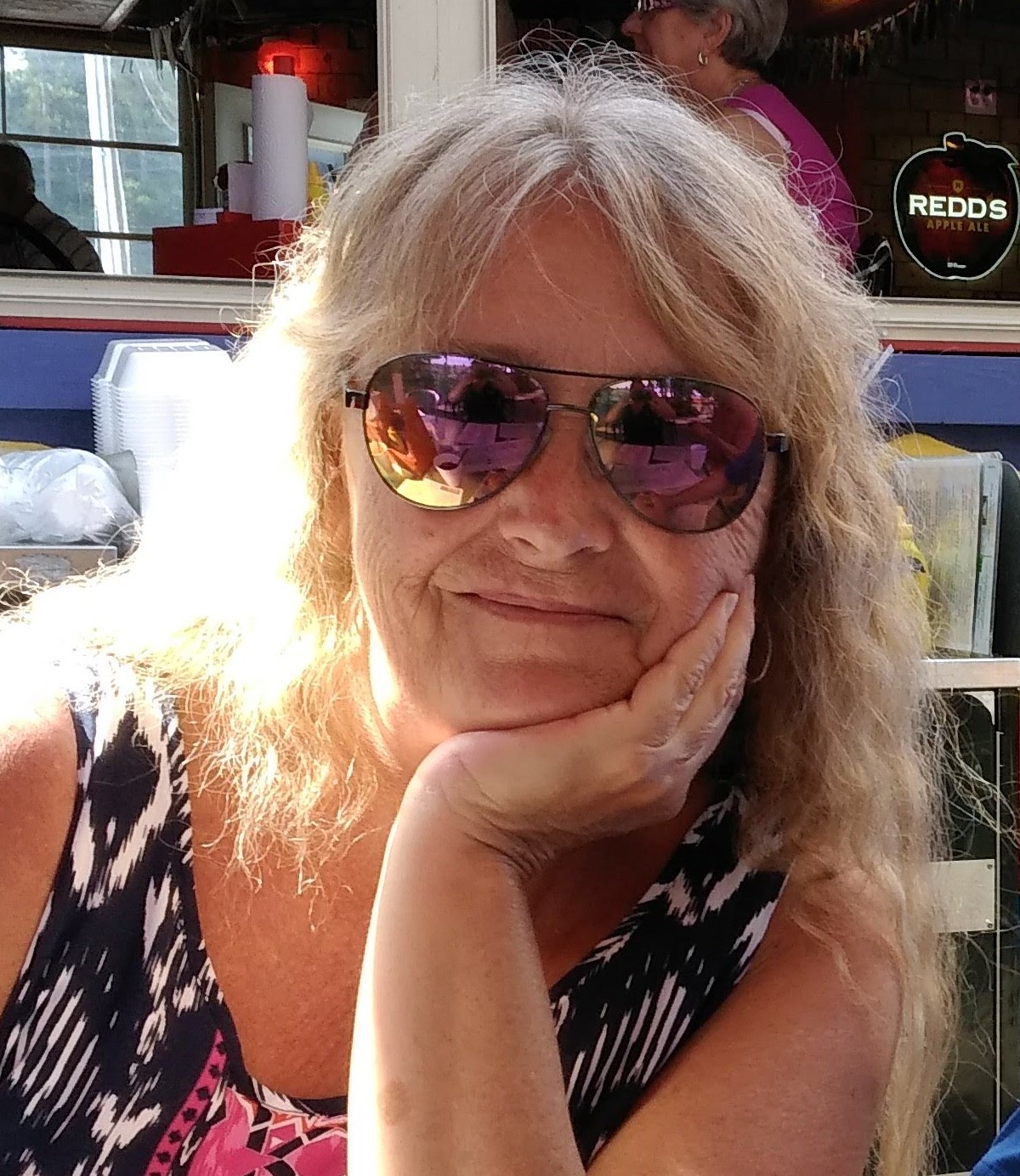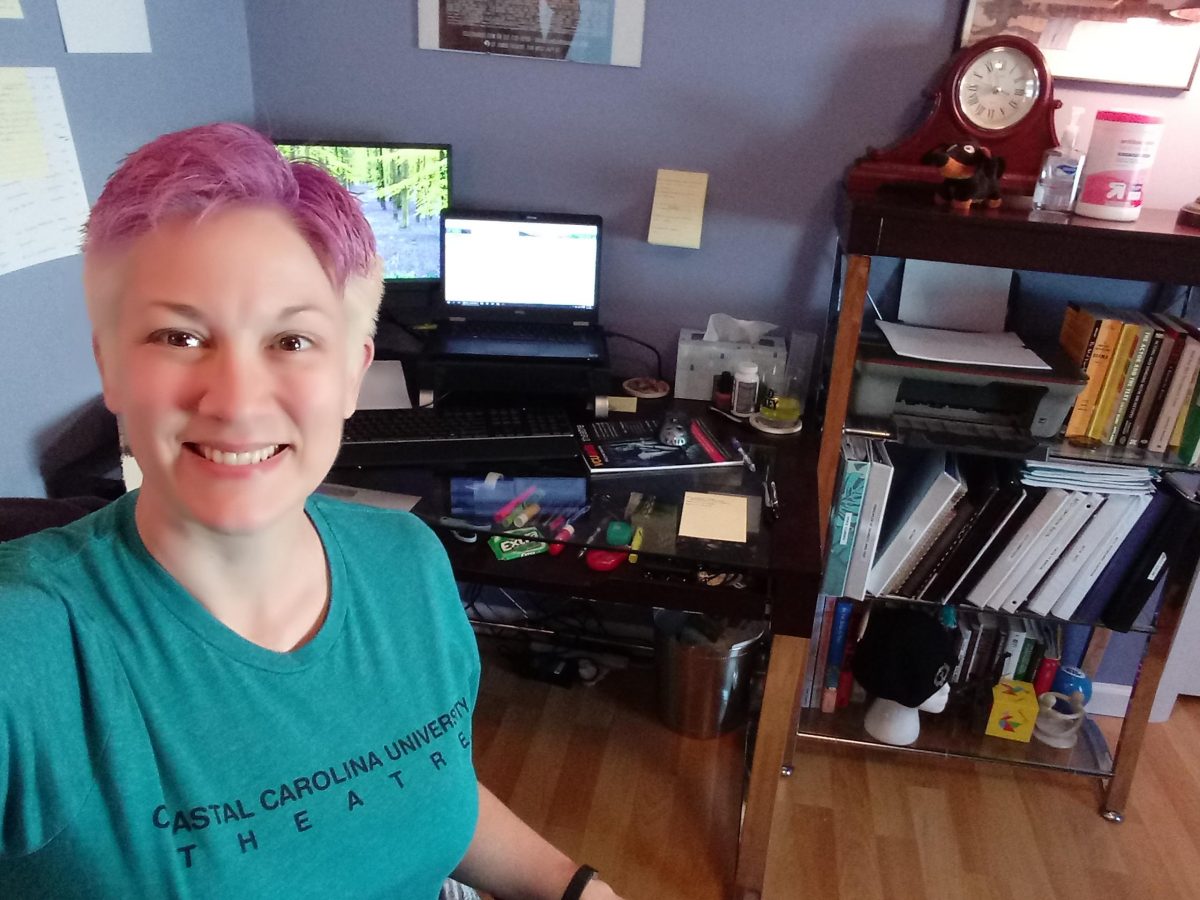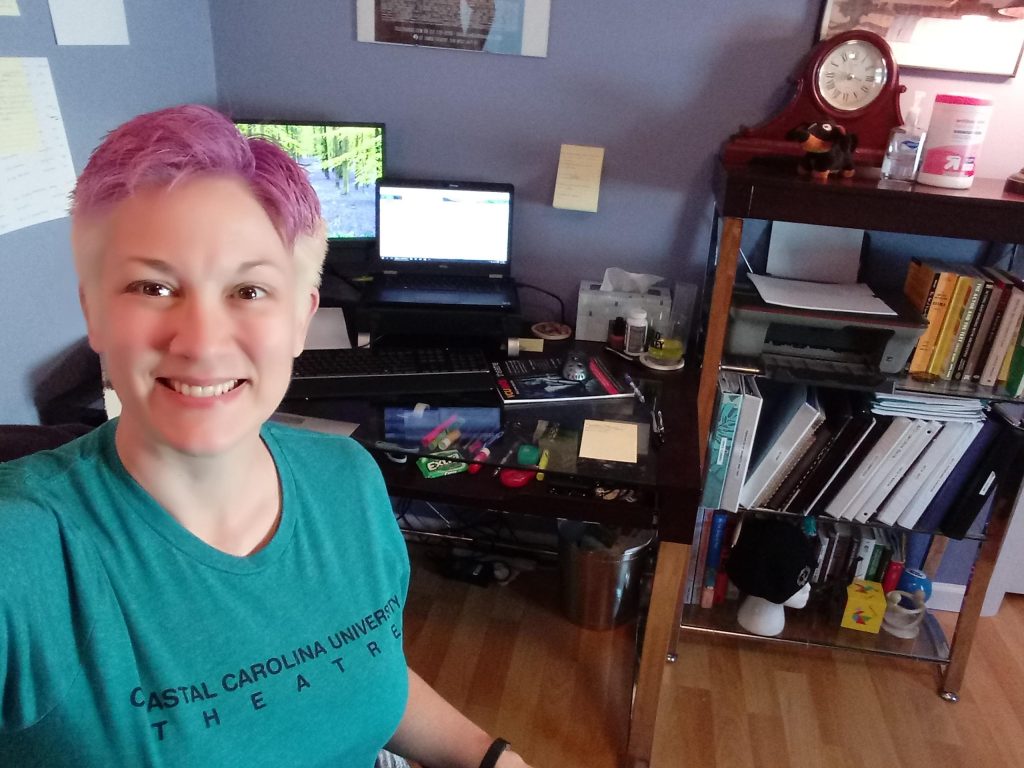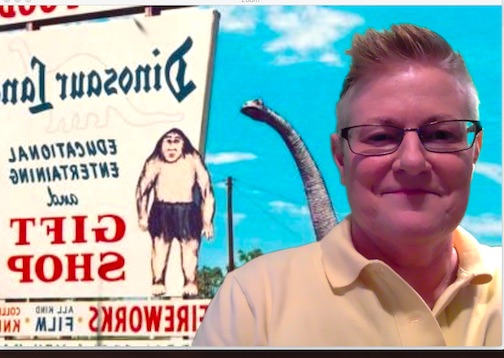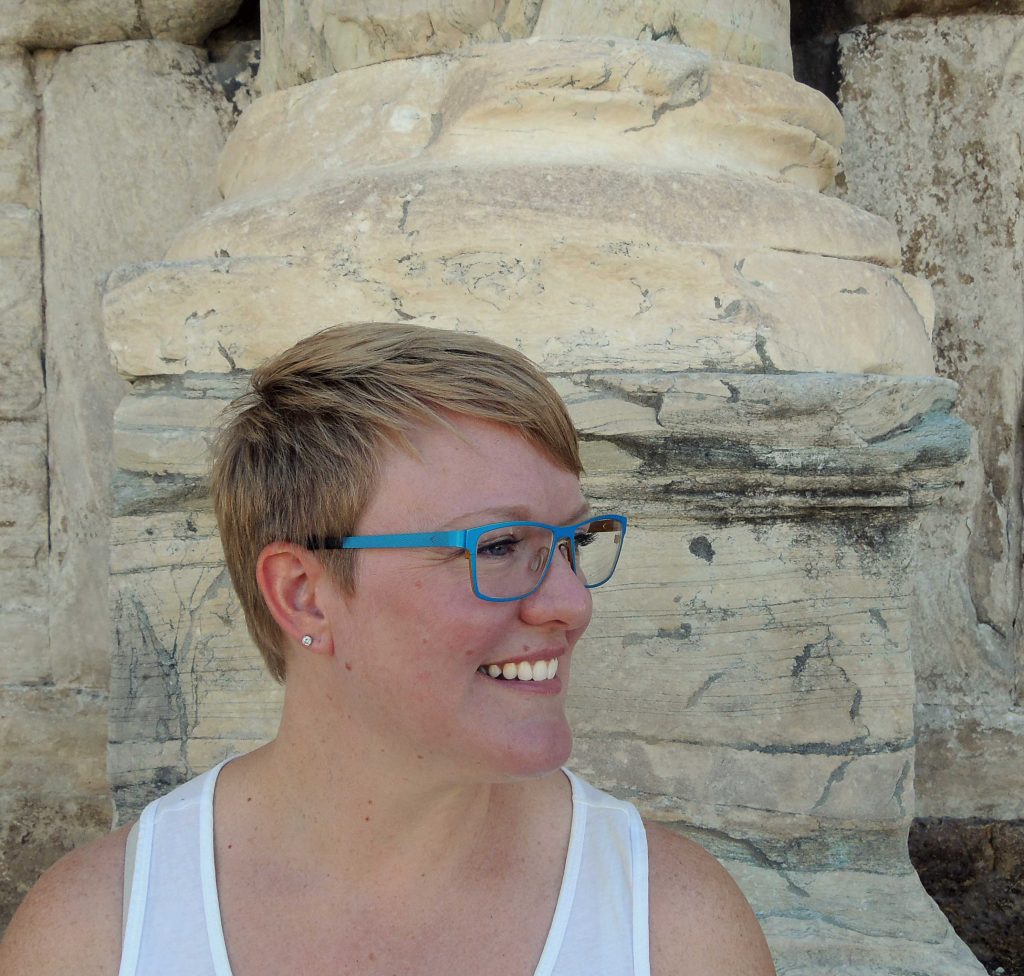
What do faculty members do during quarantine? If you’re Elizabeth Baltes, you earn prestigious grants for international research projects.
Baltes, assistant professor of art history in the Department of Visual Arts, has won a National Endowment for the Humanities (NEH) grant that provides for study of portrait sculpture from the ancient agora, or marketplace, in Athens, Greece. (The grant and related trip is being deferred to Summer 2021.) The NEH funded just 11 percent of submitted summer stipend proposals.
Baltes’ grant will fund an extension of a collaborative team book project that began in Summer 2019 with six weeks of field work studying excavated fragments in the Athenian agora. The team has a projected goal of finishing field work and research by 2024. Baltes explained in a recent interview the nature of the project and what she hopes to learn on her next trip.
What will you be doing on your research trip?
I’ll be doing two things. The first is working with my team to actually look at sculpture. None of this has been studied systematically since the 1950s, and when it was studied then, the person studying it was only interested in portrait heads — because that’s the easiest thing to identify as part of a portrait. But there are thousands and thousands of fragmentary pieces of sculpture that have been excavated from this site, and so we’re working to go through all of them to try to identify as many pieces that we can confidently associate with portrait sculpture as possible. And that takes time, and it takes teamwork, to actually look at something and talk about it and figure out what it is and how it was working.
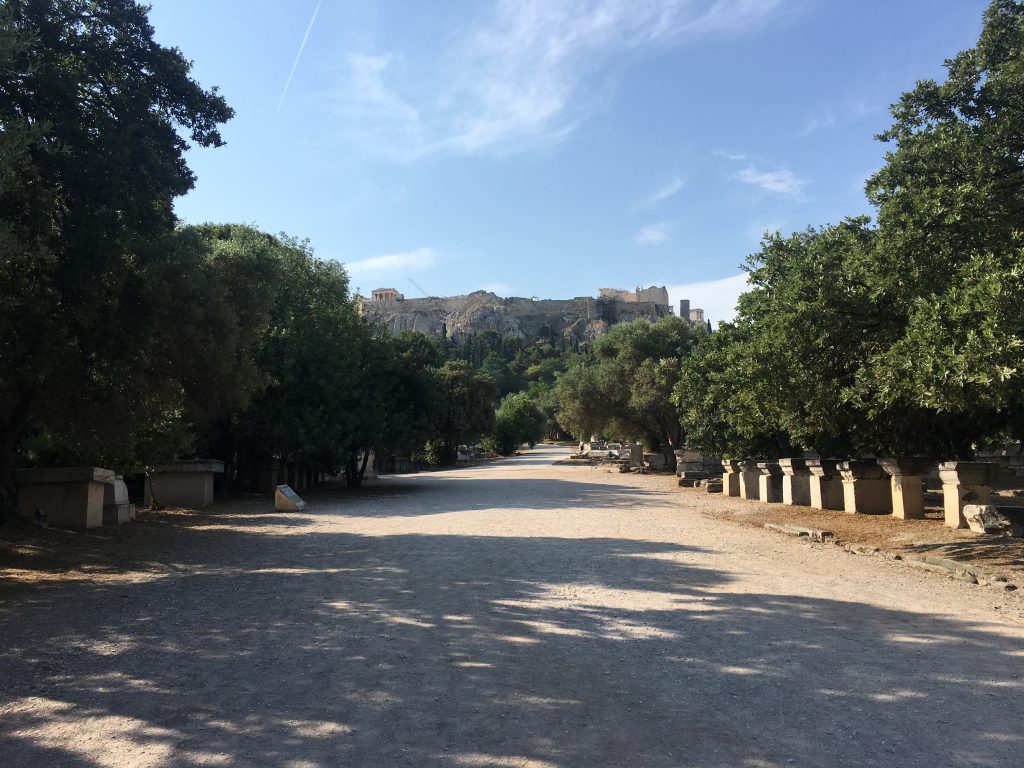
And what is the ultimate goal?
We’re broadly interested in reconstructing the history of portrait sculpture in Athens. A lot of the portrait sculpture from the Agora dates to the Roman period, essentially when Rome was in control of Athens. So these are largely talked about as Roman portraits. And so the narrative has been traditionally that portraits in Athens were driven by what was going on in urban Rome. And so one of the things that we’re finding out is that that doesn’t seem to be the case, that these portraits of local people are representing very much local concerns and interests and they’re not closely adhering necessarily to exactly what’s happening in urban Rome. So it makes us question, ok, so, so traditionally these have been called Roman portraits, but what’s Roman about them?
Do you know others, including those on your team, who have applied for and/or won this grant?
I was the only person who applied for this because most of my team members are at institutions that have more plentiful research funds. For me, it was really important to get outside funding so I can continue this work as part of this team.
Otherwise, I don’t know anyone else who has won this grant.
Technically this grant was supposed to be for this summer, 2020. However, Greece has essentially shut down — none of the archaeological sites are open, so it isn’t going to be possible. But luckily, the NEH is allowing recipients of summer stipends this year to defer as late as next summer, so that’s exactly what’s going to happen, so the plan now is to tentatively shift everything a year forward. …..This grant will cover two months of work.
How does this work fit into your scholarship niche?
I’ve been working on various aspects of portrait sculpture since I was in grad school, and I’ve been working closely with material from the Athenian agora for the last few years, and so this is sort of a natural extension of the work I’ve already been doing, both at the agora on portrait sculpture more generally.
Will it apply to your teaching?
I’m hoping it will. I’m really interested in developing an upper-level seminar on portraiture because I am interested actually in public portraits from all eras. So I’m hoping that will happen in the future.
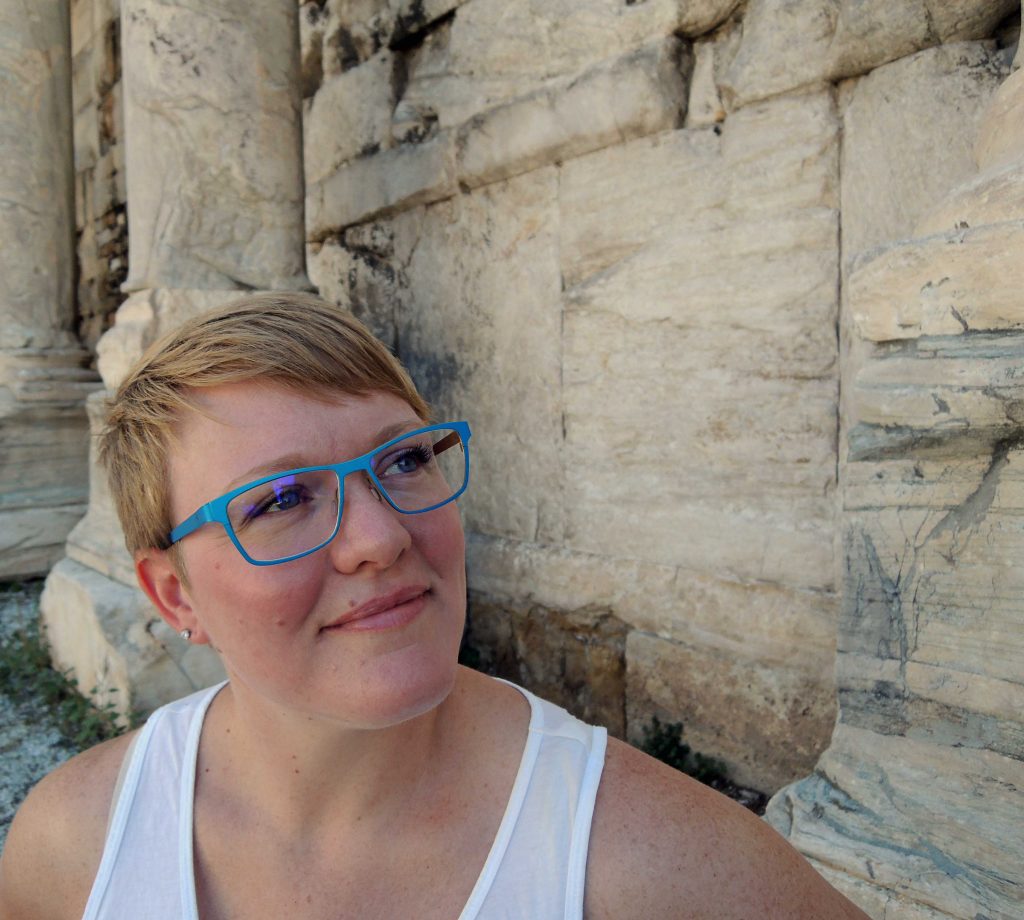
How did you react when you learned you received the grant?
I screamed a lot. It is a pretty big deal. It was really exciting to receive that kind of recognition and acknowledgement of the importance of the scholarly work that I do.
To learn more about Baltes and her research, visit https://www.coastal.edu/academics/facultyprofiles/humanities/visualarts/elizabethbaltes/
